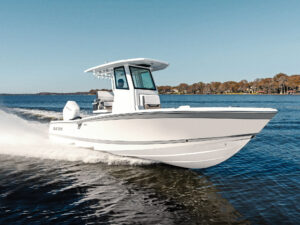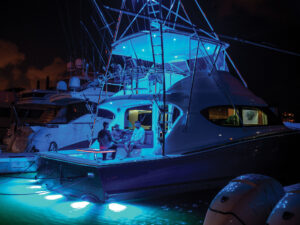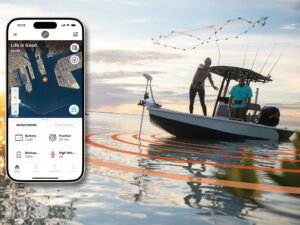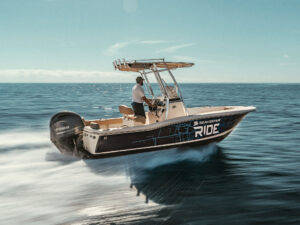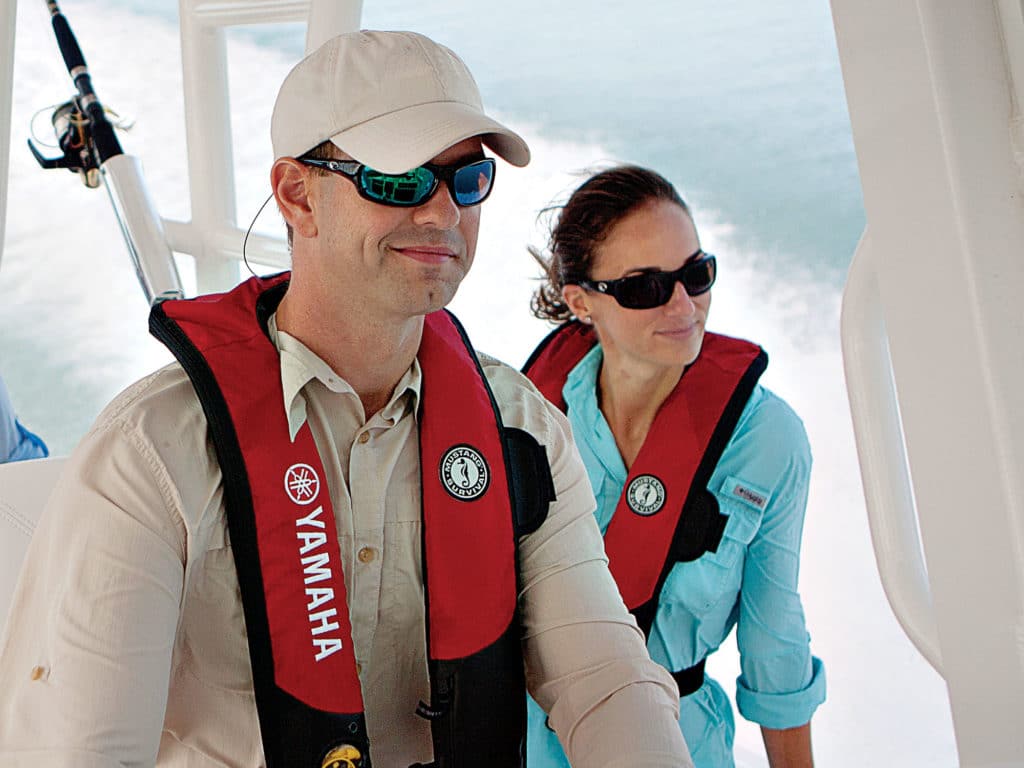
AT THE READY:
Not only are life jackets required by law, they can also save your life. Picking the right kind for you and your family is imperative, but you can’t just get ’em and forget ’em. The middle of an emergency, when you actually need them, is not the time to realize the stitching has rotted, the zippers have seized, or the strap buckles have broken. There comes a time to update or replace your life jackets. According to Tom Dardis the U.S. Coast Guard’s recreational boating safety outreach coordinator, The Coast Guard and Underwriter’s Laboratory are in the process of updating the labeling standards for life jackets. A new agreement between the United States and Canada will standardize the labels in both countries, with Mexico expected to follow once the new rules are adopted. But any changes that go into effect are intended to help boaters select and wear the proper personal flotation devices (PFDs).
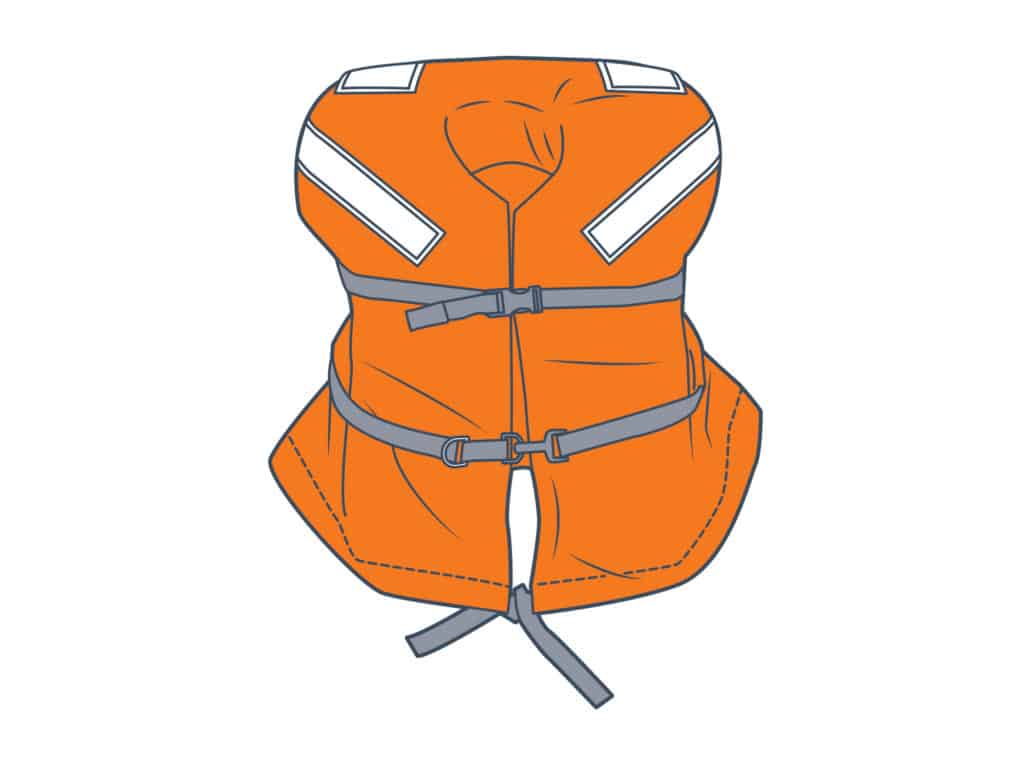
Type I – Offshore Life Jackets
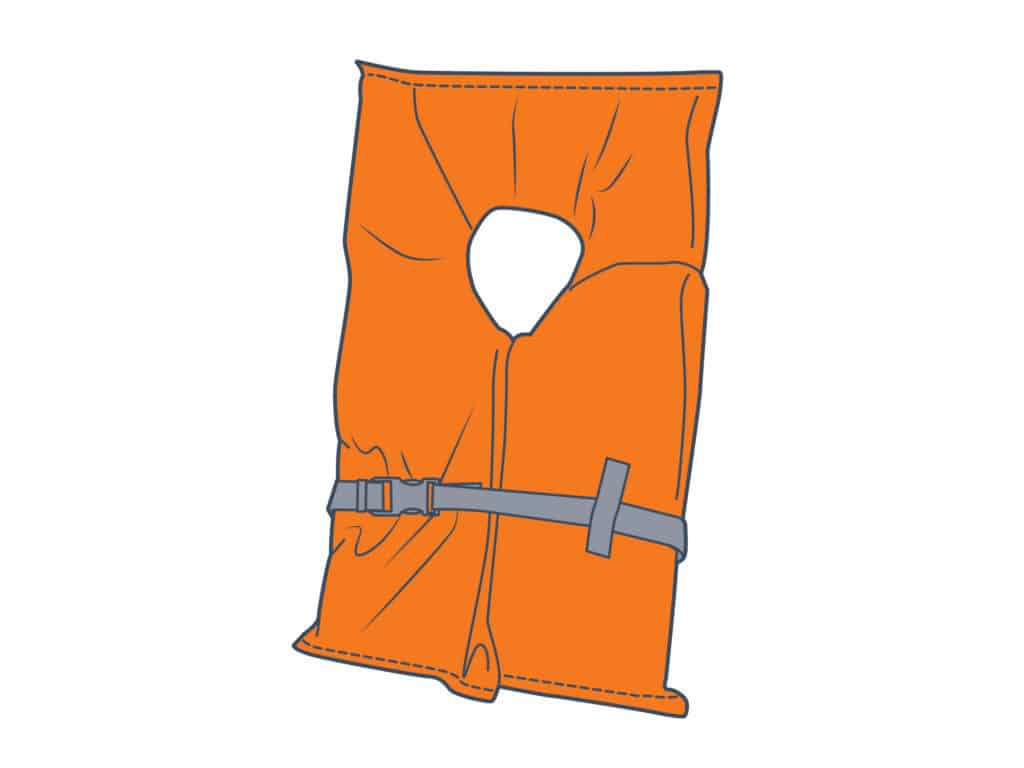
Type II – Nearshore Buoyant Vests
“What boaters see on store shelves will probably not change anytime soon,” Dardis explains. “The Type II classification of PFDs might go away. We’re not sure yet. And some new comfort innovations may be allowed so more users will wear their life jackets. But you’ll still need to pick the right one for your specific application.” Although requirements in state waters may vary, the Coast Guard requires a life jacket for everyone on board in federal waters. Junior anglers 12 years old and under must wear one, but the Coast Guard urges everyone to always wear a life jacket on the water because you never know when someone will fall overboard. According to the Personal Flotation Device Manufacturers Association, 70 percent of all boating fatalities result from drowning, and nearly 90 percent of drowning victims were not wearing life jackets. Dardis suggests checking every life jacket before you leave the dock and recommends rinsing off the salt and letting jackets dry after every trip to prevent rot. “Quality life jackets aren’t cheap, but if you take care of them, they’ll last a long time. Foam vests tolerate more abuse and last longer, but they are also bulkier and hotter. Inflatables are more comfortable, but they are often more expensive and also require a bit more maintenance.”
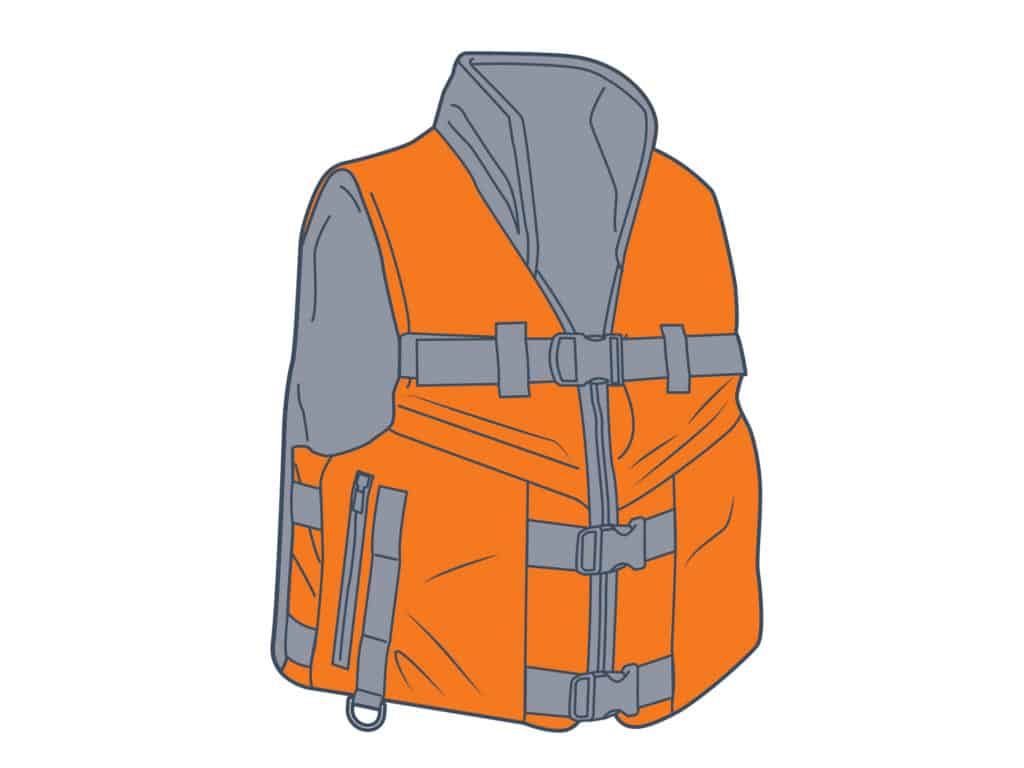
Type III – Flotation Aids
You need to periodically check them for leaks and punctures from sharp objects, like hooks, knives and gaffs, which often find their way into the same compartments where anglers store life jackets, and also make sure each CO2 cylinder is up to snuff. You’re supposed to change the cylinder every time it’s activated, or if it’s leaking or corroded. Also, check the date stamped on the bobbin (some vests, like the Mustang models with Hammar hydrostatic inflators, have the expiration date printed on the exterior of the inflator). If the bobbin is more than 3 years old, get a new one. Replace it more often if the life jacket is exposed to high temperatures or humidity.
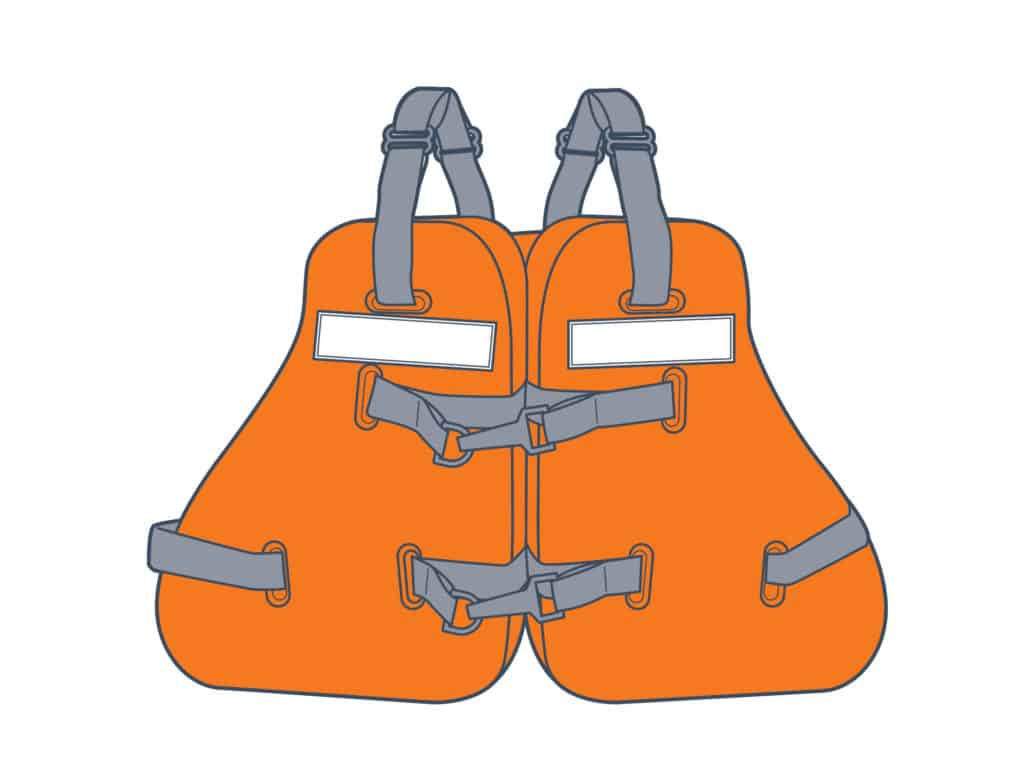
Type V – Special-Use Life Jackets
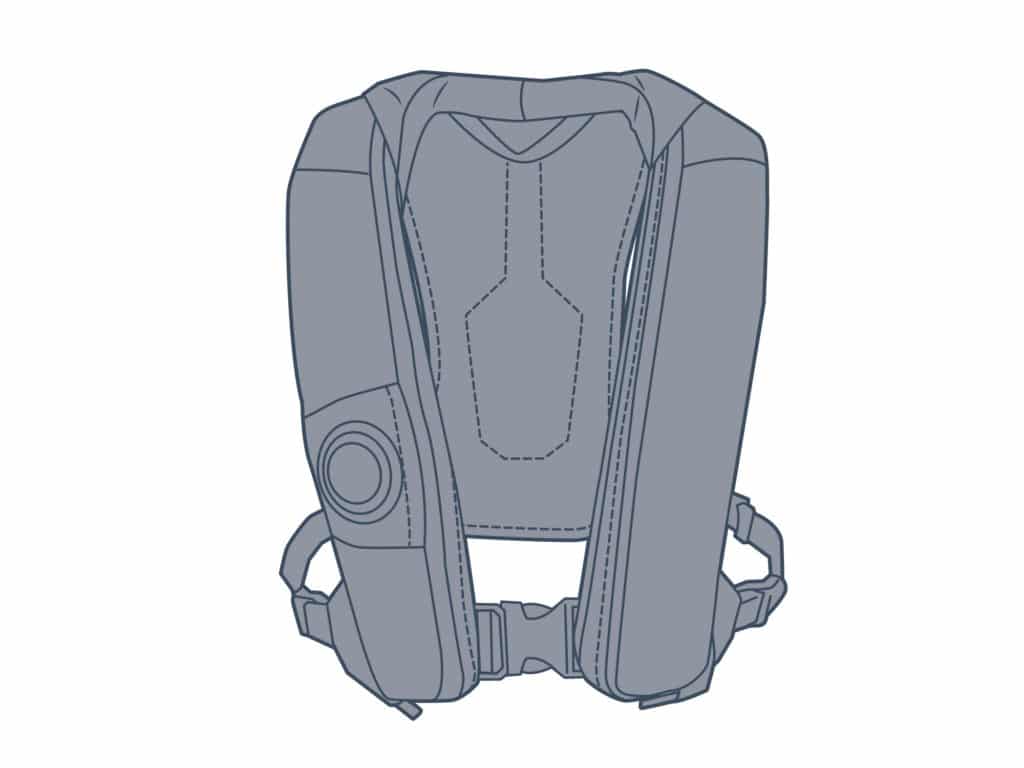
Inflatable Life Jackets
Life Jacket Choices
The options are many, but it’s up to you to select the one that best serves your purpose and meets your state and federal regulations.

